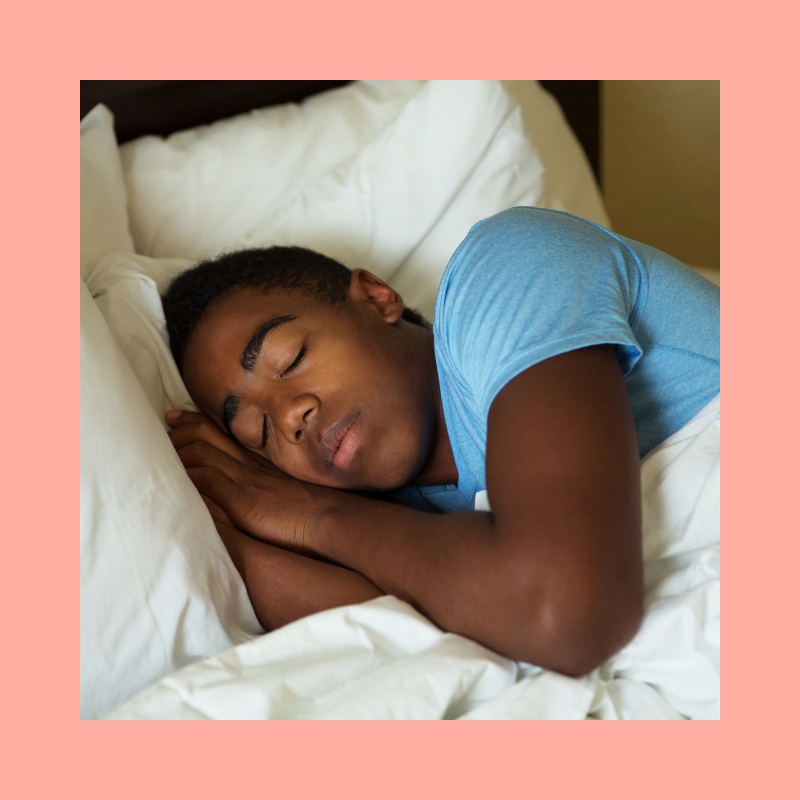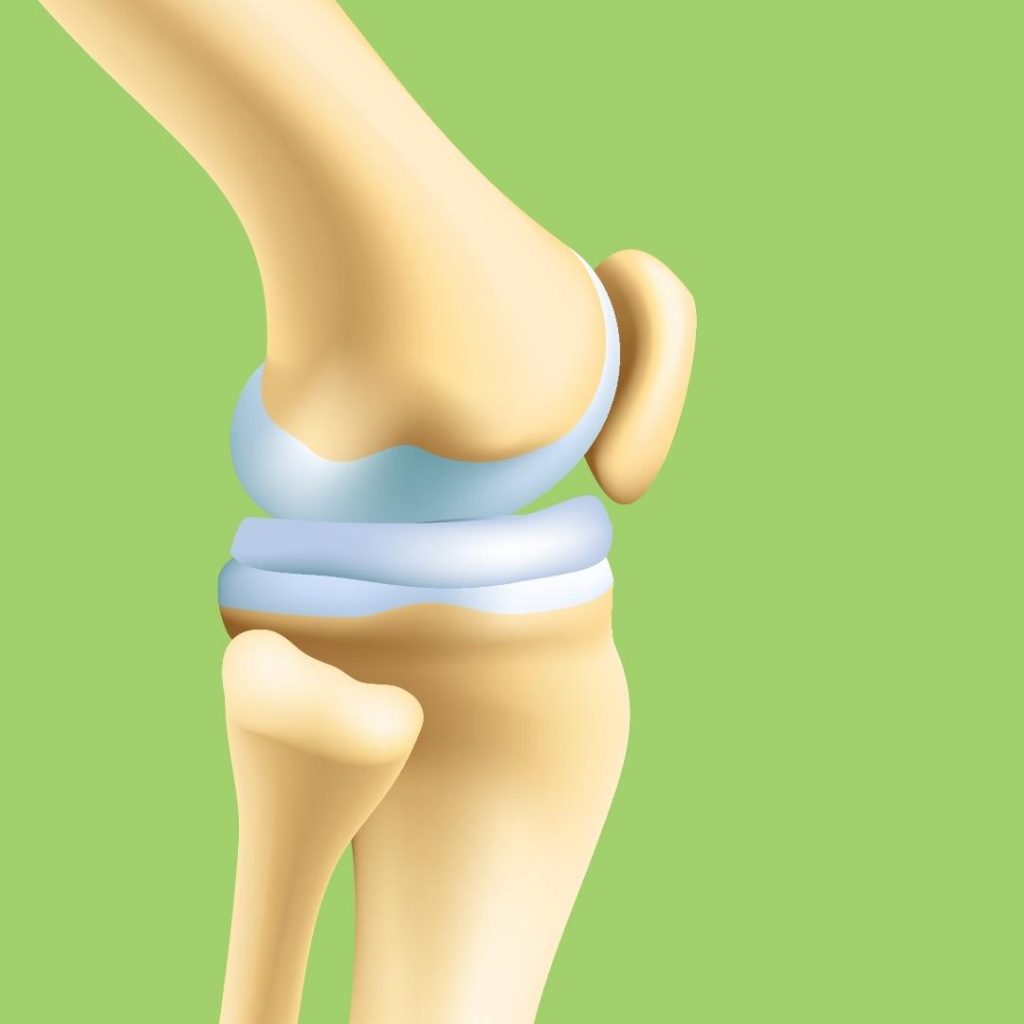What’s the Best Way to Protect Your Skin from the Sun?
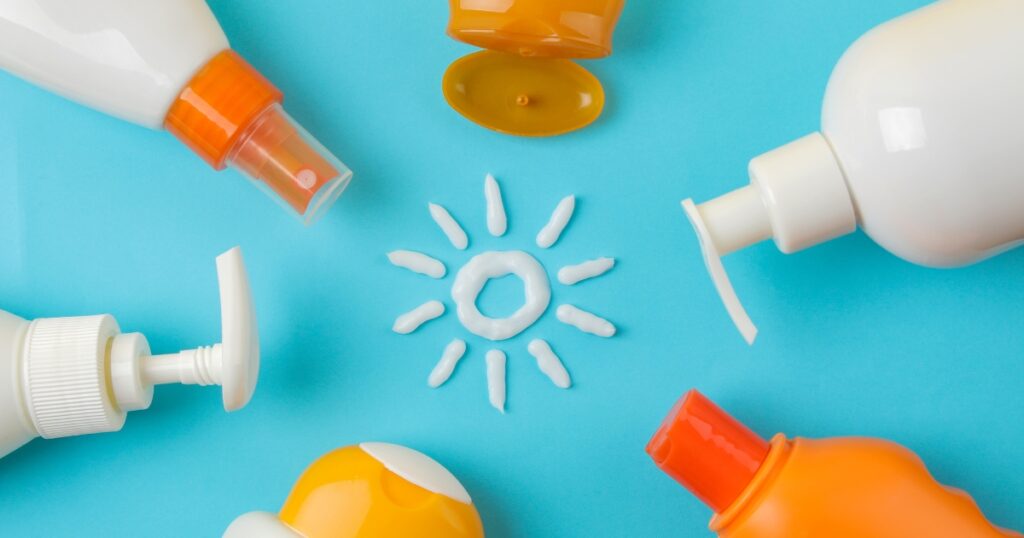
Sun safety tips are important for kids all year round. That’s because being outside is good for your mind and body. Sunlight also helps your skin make Vitamin D, an important vitamin for your bones, brain, and immune system.
But there’s a downside to having fun in the sun. After all, sunburns can hurt a lot!
Even if your skin doesn’t sunburn easily, you must protect it.
When you grow up, you don’t want to regret skipping simple sun safety tips!
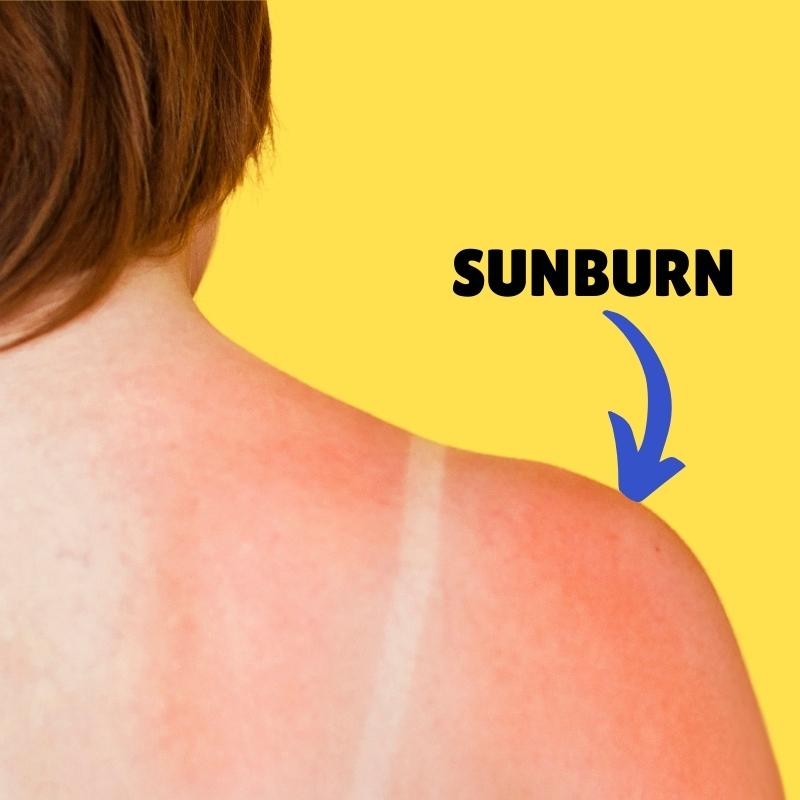
Why sun safety is important for kids and their skin
It’s science: too much sun can hurt your skin. Sunbeams have invisible ultraviolet light rays, usually called “UV rays” for short. When skin gets exposed to UV rays, it makes a chemical called melanin.
Melanin tries to protect your skin by making your skin darker. People with light-colored skin have less melanin than those with darker skin shades. But melanin isn’t enough.
Unlike sunlight and heat, UV rays are tricky because you can’t see or feel them. Even on a cool or cloudy day, UV rays can hurt our skin if the UV rays are strong.
What happens if you forget sun safety tips?
Sometimes, skin damage happens right after being in the sun. But a lot of problems don’t show up until you get older. That’s why sun safety tips are important for kids to learn about.
Sunburns

Sunburns are painful, red, and itchy. People with lighter skin can sunburn very easily. People with darker skin shades can also get a sunburn, but the sunburn might not be as noticeable.
Have you noticed that skin peels a few days after a sunburn? The body is trying to get rid of the damaged layer of skin.
Skin cancer
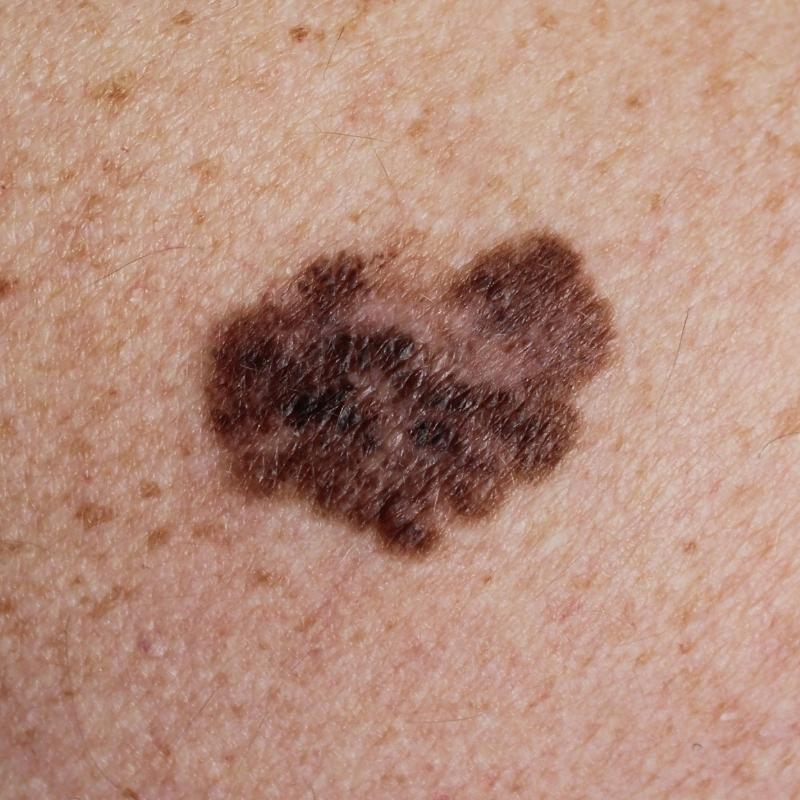
Even though skin cancer rarely happens to kids, it’s the most common cancer in grown-ups.
Skin cancer starts as a change on the skin, like a new big mole or a change in a mole already on the skin. Cancer cells can grow out of control and hurt the healthy cells around them.
Wrinkles
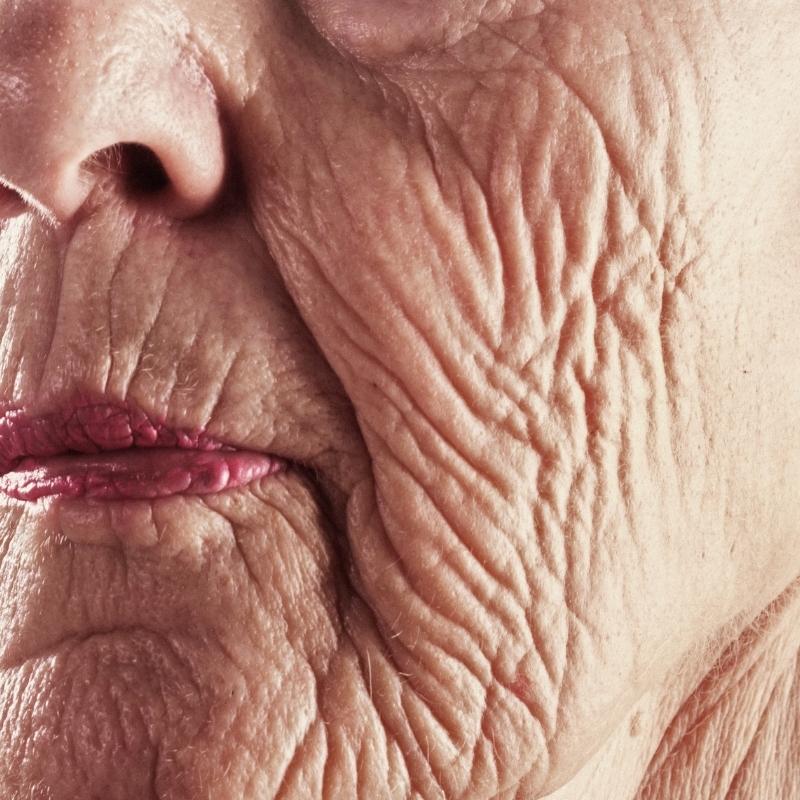
Wrinkles are a normal part of growing older. Whether or not you like this fact about skin, everyone will get wrinkles sooner or later!
But being in the sun without protection can make extra wrinkles come earlier.
SUN SAFETY TIP: Too much sun can cause your body to overheat. You can lose water and salt from your sweat and get dehydrated. If you’ve ever been dehydrated, you know how awful that can feel!
What is a safe UV index for kids?
How strong the UV rays are in your town? The UV index is a number you can check before getting dressed and planning the day.
Here’s what the UV index numbers mean:
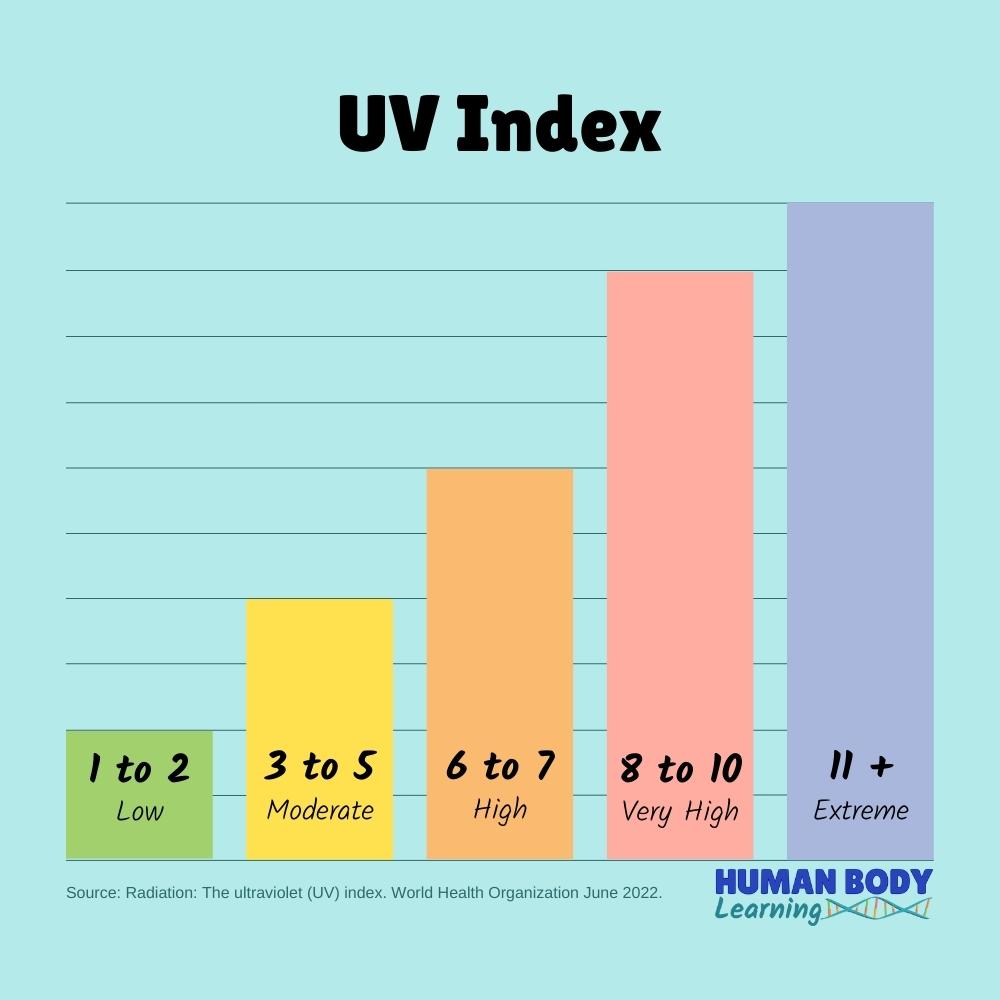
At night, the UV index is 0. As the sun rises and the day begins, the UV index starts low and rises in the middle of the day. Then, the UV index drops back down as the sun goes down.
A “safe” UV index depends on your skin type. People with light-colored skin tend to sunburn easily, even when the UV index is low. On the other hand, a UV index of 1 or 2 might not be a sunburn risk for other people.
How high can the UV index go? On December 29, 2003, the world’s highest UV index was 43.3 in Bolivia, a country in South America. This is very rare. Most of the time, the UV index is between 0-15.
How to protect your skin from the sun
Luckily, sun safety tips can keep kids safe while playing outside. All of these tips work best together.
Tip #1: Slather on sunscreen.
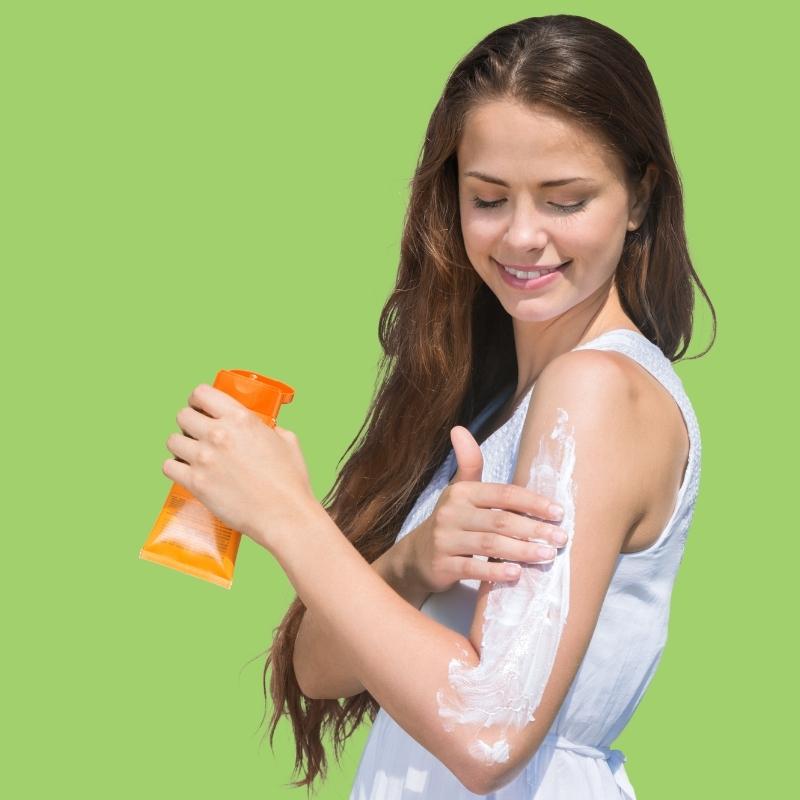
Sunscreen is ultra important for sun safety. There are many brands to choose from, but the most important thing to check is that the sunscreen is SPF30 or higher.
SPF stands for sun protection factor. The number gives you a sense of how long the sunscreen can protect your skin compared to not wearing any sunscreen.
When choosing sunscreen, pick a cream, bar, or spray – whichever feels best on your skin. Before you put on your clothes and go outside, smear on a thick layer of sunscreen. If you’re using a spray or a bar, add a few extra layers of sunscreen.
Sunscreen doesn’t last all day, though. Put on more sunscreen every couple of hours or after you get wet from swimming or sweating.
Tip #2: Cover up!
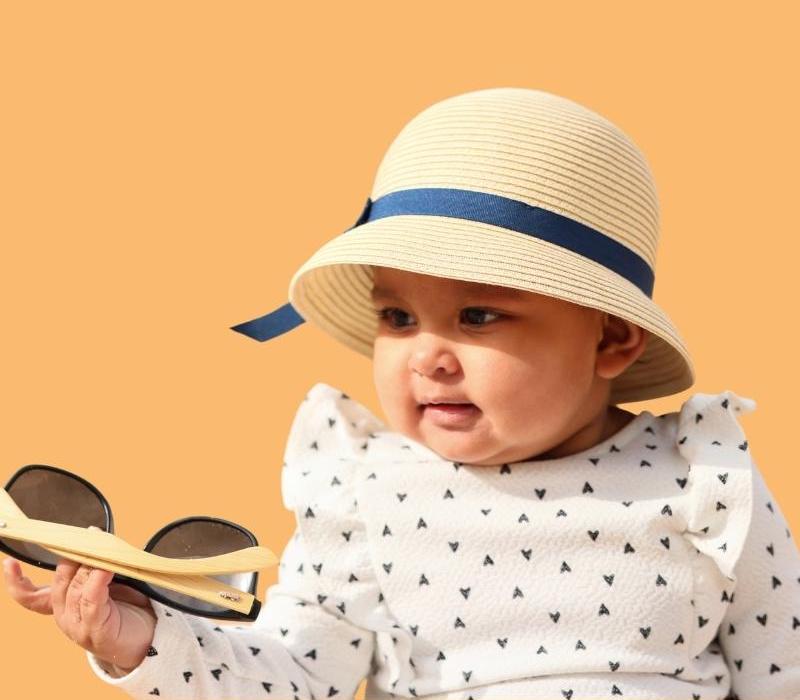
Wear a wide-brimmed hat or bucket hat.
Hats are an easy sun safety trick, especially when they have a wide brim. When a hat is wide, its shadow can shade your face and neck from the sun.
Because hairlines can be such a tricky place to put on sunscreen, hats also cover up this area and protect your scalp from sunburns.
Wear long-sleeved shirts and pants.
This sun safety tip is hard to follow on super hot days. Of course, you might not want to wear anything! But your skin cells will thank you if you cover it up. Keep an eye out for clothes with special sun protection in the fabric.
Tip #3. Wear sunglasses.
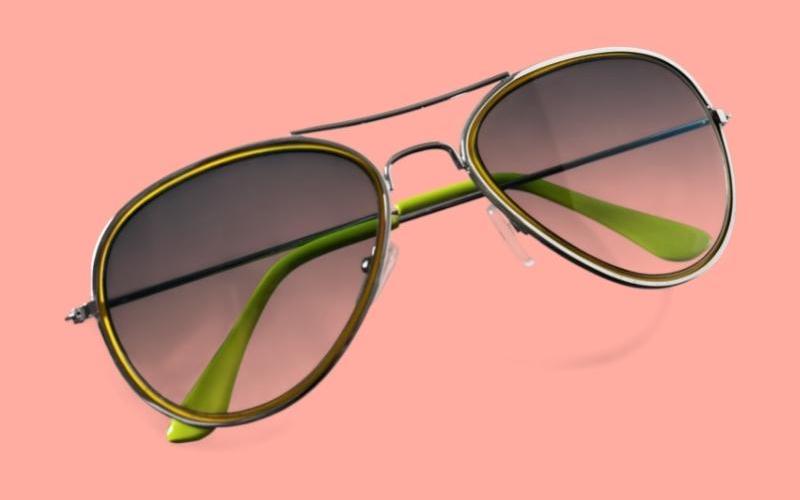
Did you know that you can sunburn your eyes?
Yes, even the eyes can get hurt from too much sun. Doctors call this photokeratitis.
This sun safety tip makes you look cool while protecting against eye damage. They can also cover the skin around your eyes where it’s hard to put on sunscreen. You won’t need to squint in the sun with sunglasses, so you’ll feel more comfortable and see better!
Tip #4: Hang out in the shade.
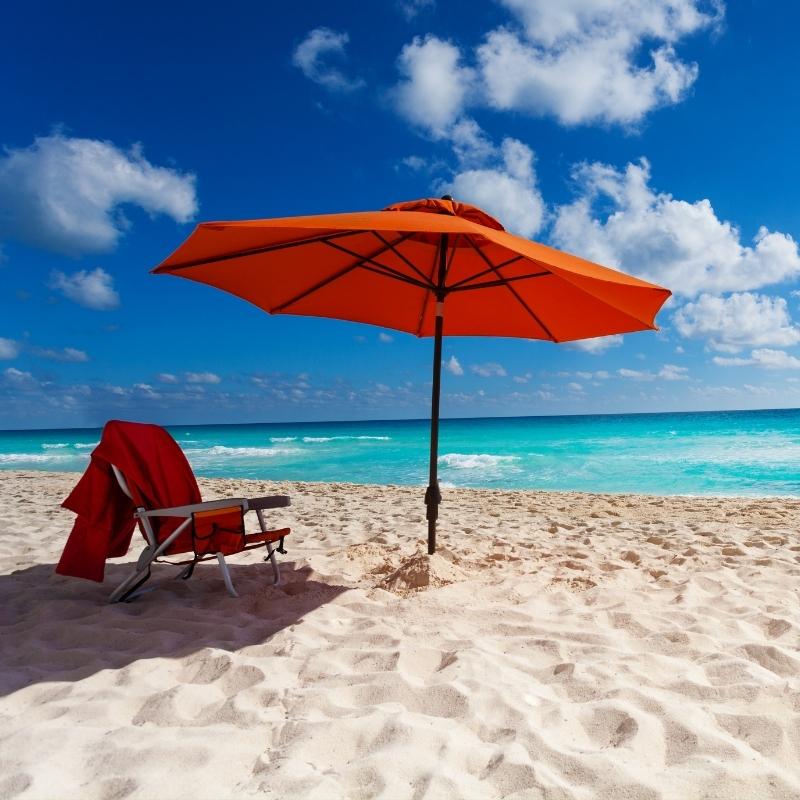
Relax under a tree, pitch a tent, or open an umbrella! Shade is a smart way to avoid the full blast of UV rays. Plus, you still get all the good stuff from being outside.
But shade isn’t enough. UV rays still bounce off water, sand, grass, and snow.
That’s why you need different types of sun safety tips.
Tip #5: Avoid peak sun hours.
Peak sun hours are when UV rays from the sun are the strongest. This is usually in the middle of the day between 10 a.m. and 4 p.m.
When you check the weather forecast, remember to look at the UV index before you head out!
UV index chart with sun safety tips.
If this felt like a lot of information to remember, don’t worry! This UV index chart summarizes sun safety tips for kids.

Learn more body safety tips!
Published on March 18, 2022. Updated on January 19, 2024 by Betty Choi, MD
Published on March 18, 2022. Updated on January 19, 2024 by Betty Choi, MD

Betty Choi, MD
Dr. Betty Choi is a Harvard-trained pediatrician who makes learning fun and doable. She created the kids’ anatomy book Human Body Learning Lab, which Science Magazine recommended as a “notable standout in the genre.”

